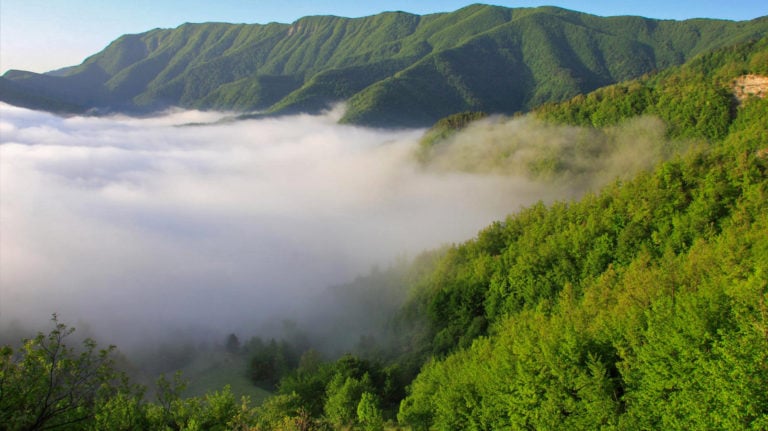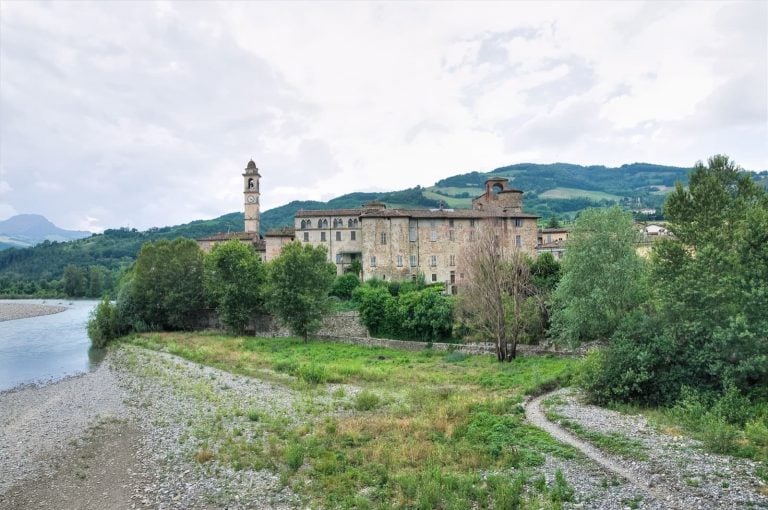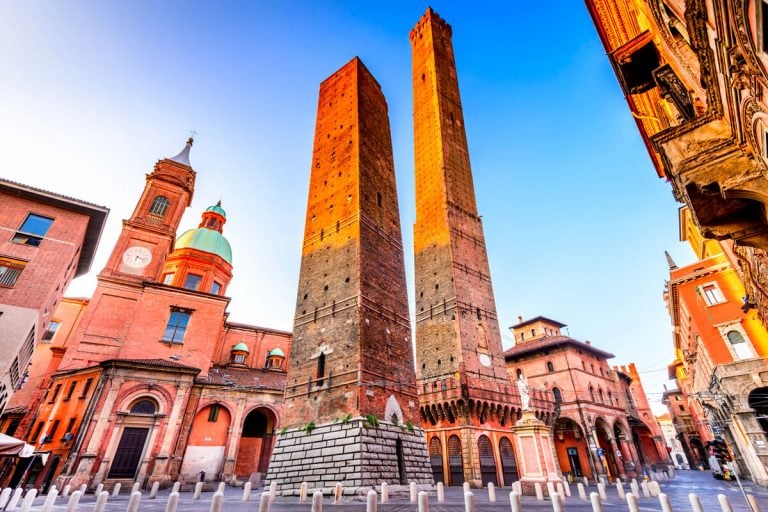It is always hard to make a list, especially when talking of a territory that is so varied and suggestive like Emilia-Romagna. Some time ago, we tried to do so, making a virtual journey structured with stops through that part of the region that counts the provinces of Ravenna, Ferrara, Rimini, Forlì-Cesena.
In our piece, we suggested 5 favourite places (of course only some among the many existing places) to visit during your holidays in Emilia-Romagna and from which you can admire breathtaking views, very “instagrammable” ones.
Well, after a couple of months, here we are again, giving you similar advice, but about a completely different area. This time, we move on the other side of the region, in Emilia, which means that vast plot of land that counts the provinces of Parma, Piacenza and Reggio nell’Emilia, cities that are famous in every corner of the world for their excellent food and drink products.
Rivers, castles, century-old villages, enchanting peaks, cities of art… When you talk about beauty, Emilia is no less enviable than any other Italian place. It’s right after this brief premise, that we want to start our little journey.
Ready to discover the wonderful places we have chosen for you? Then… Let’s go!
Brugnello, an enchanting cliff-side village bent over the river Trebbia
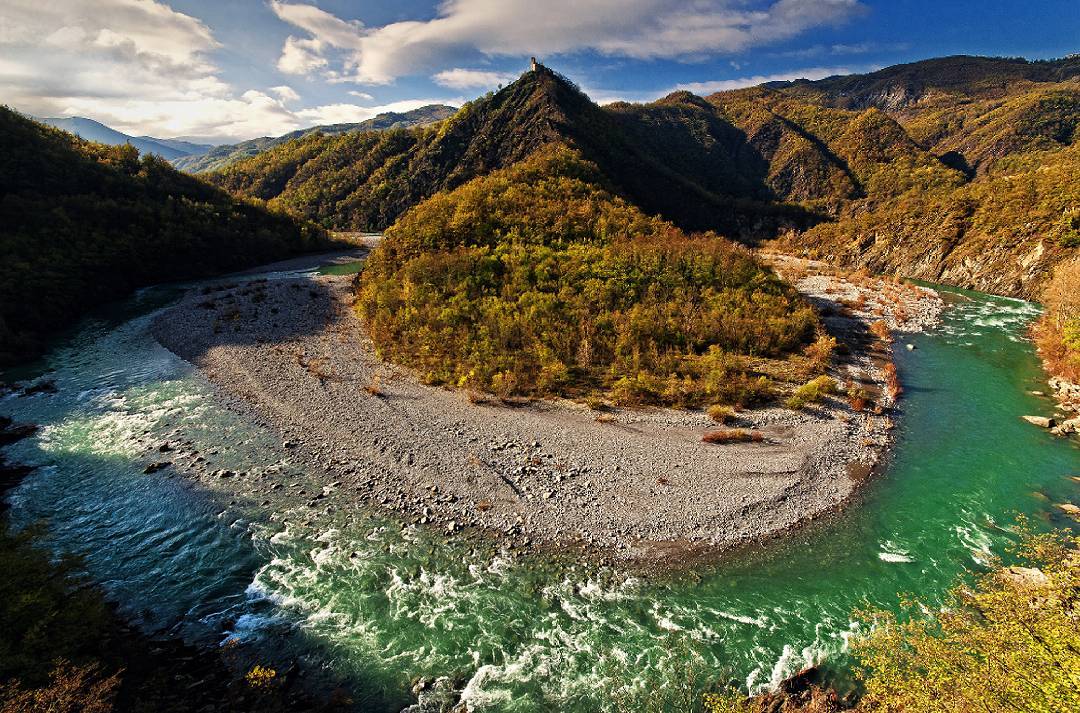
Let’s start from the north of the region, from the province of Piacenza. It’s here that, nestled on a spur at a height of 464 m. sheer over the river Trebbia, the little medieval village of Brugnello raises.
Very few inhabitants (only 11 if you exclude the owners with more houses), some stone houses, lanes decorated with care and precision, a church and a hotel/restaurant for tourists. These things would already be enough to realize that this is an enchanted place, out of time and space.
But all this is further enhanced by an amazing landscape, and, let me tell you, the best view is from the terrace of the church.
With an alternation of glimpses and extraordinary gorges, the river Trebbia shapes an astonishing landscape, a show to anyone who looks at the horizon.
Bardi, a castle at the centre of a dream-valley
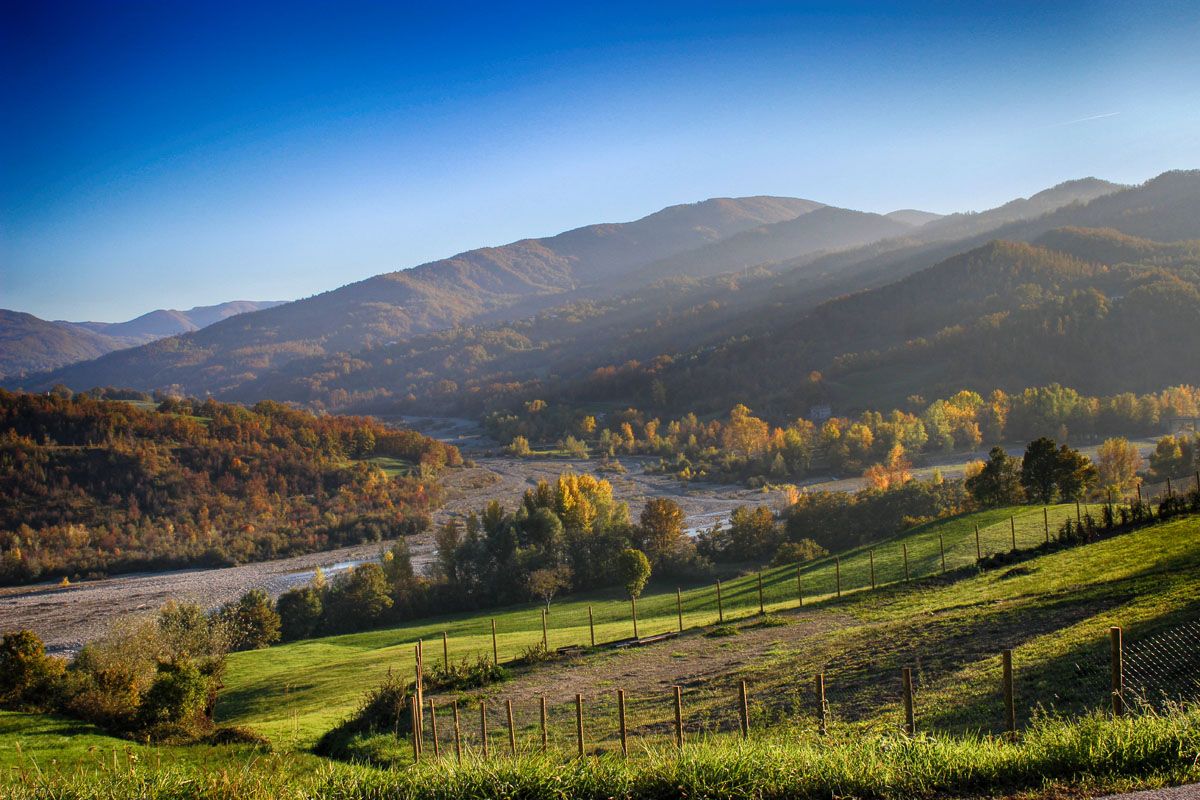
If we move a little southward, among the many historical buildings that compose the network of castles in the Duchy of Parma, Piacenza and Pontremoli, a special place hides a breathtaking view if you bent from its walls.
The old Castle of Bardi, which is considered one of the most imposing jewels of the Middle Ages not to be missed, was built at the end of the 9th century on a rocky spur of red jasper where the torrent Ceno and the torrent Noveglia meet.
Even though its geographic position is far from the commercial and tourist routes, it was once an important stop along the Abbots Way, and also the pilgrims of the Francigena Way passed not far from there.
Open to the public and theatre of many initiatives, after a long visit to its rooms to get to know its story and mysteries (apparently, a ghost was discovered here using for the first time a heat sensing device), we suggest you reach the castle’s wall-walks and be enraptured by the beauty as soon as you see in front of you the luxuriant and vast valley cut by the river Ceno.
Lagdei, a chair lift to Heaven
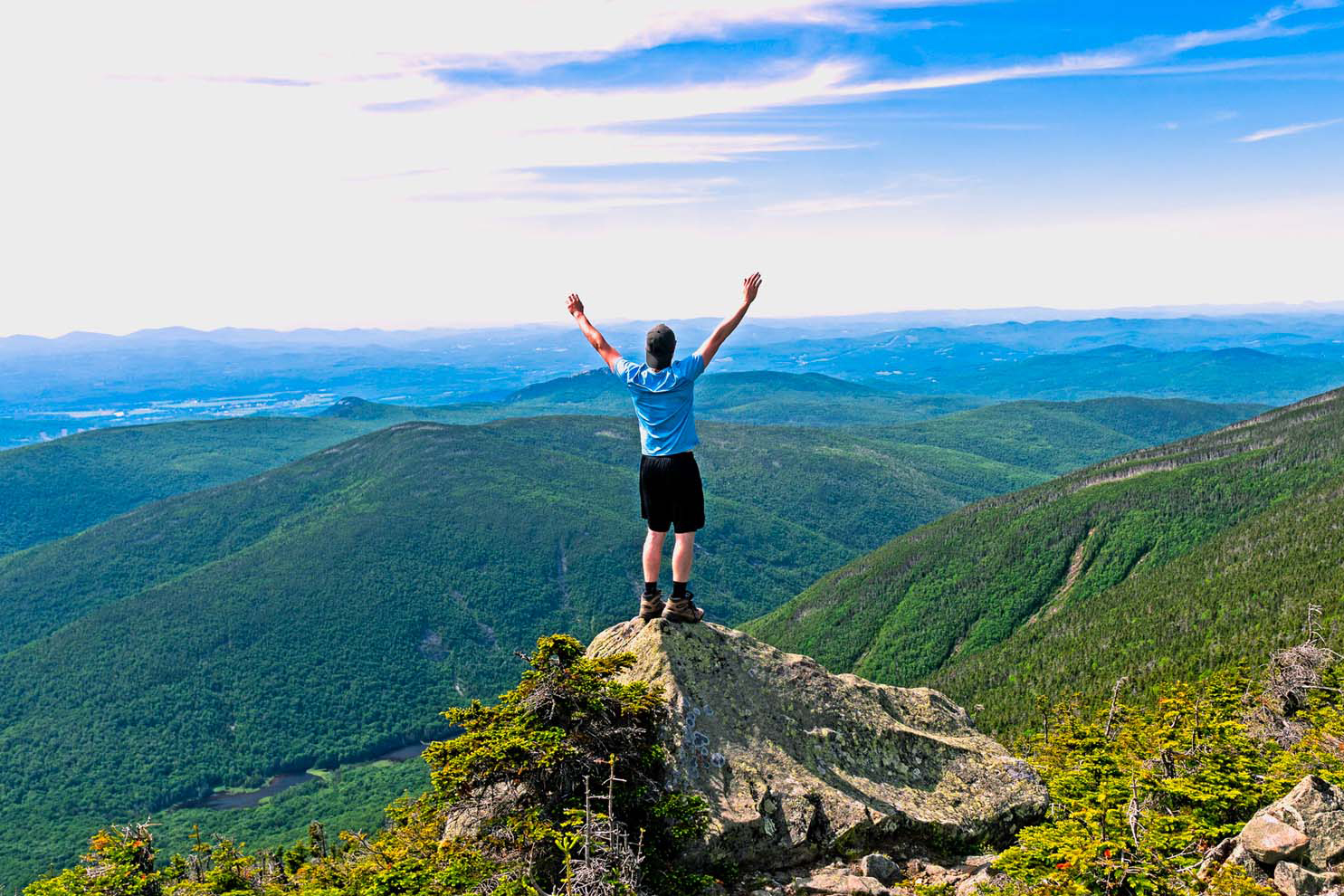
There is a stairway to heaven in the heart of the Tuscan-Emilian Apennines, inside the so-called Parco dei Cento Laghi. We are in Ladgei, a small city at a height of 1250 m. in the Municipality of Corniglio.
From here, thanks to a chair lift (open only during the summer months) or walking along the several paths, you can reach Lago Santo (1507 m), one of the most important tourist destinations in the Apennines of Parma as well as the first stop of the route Alta Via dei Parchi.
Along the street, among the beech trees and the conifers, amazing landscape views spring up until you reach the crystal-clear water of the lake surrounded by the gentle tops of Monte Marmagna (1852 m.) and Monte Orsaro (1831 m.)
Burning sunsets over the Po river
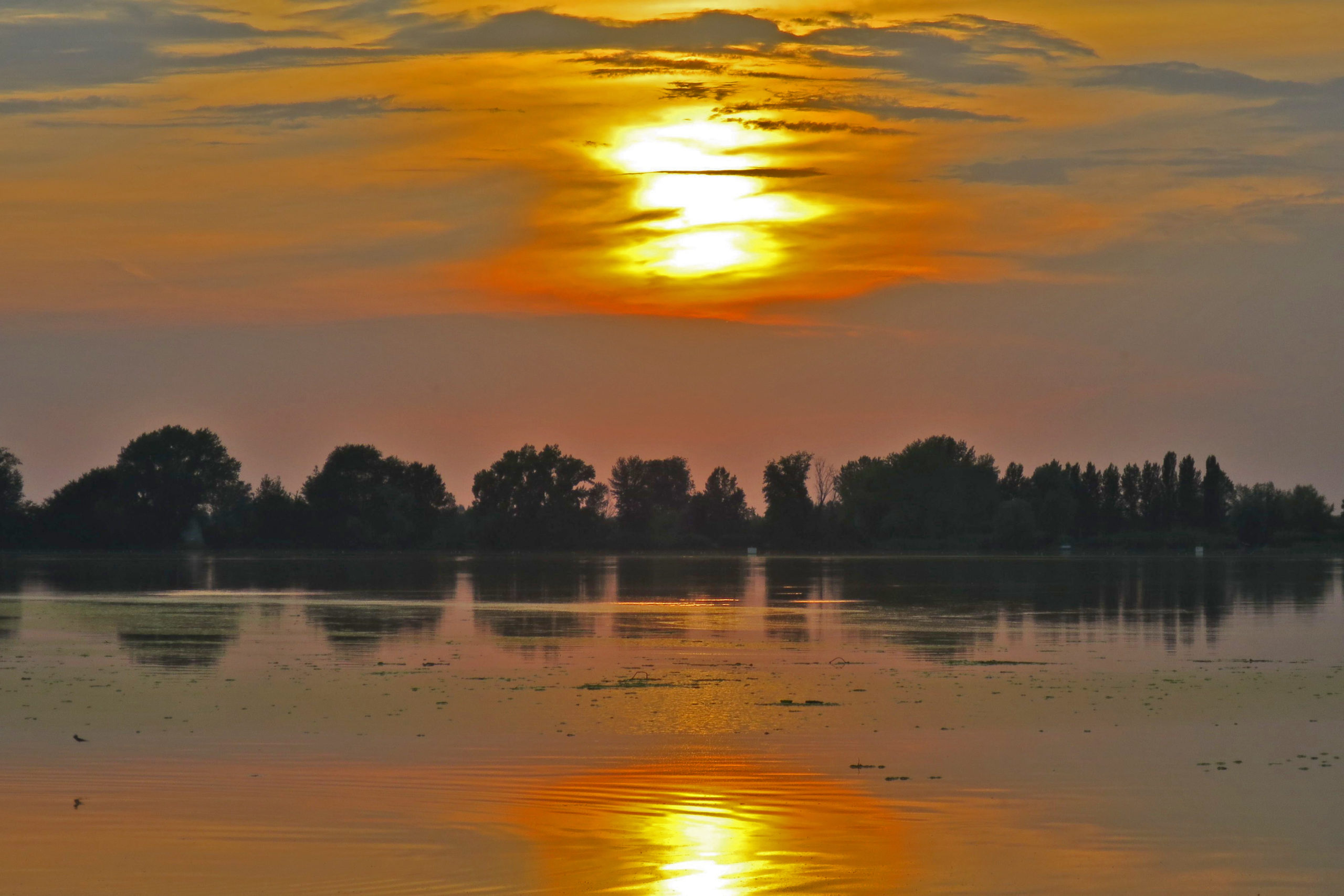
At sunset, deep orange slivers of light outline the big Po river, border, customs and obstacle as well as an extraordinary commercial and human artery that connects and cuts at the same time the Po Valley.
Along the 20 km-bench in the territory of Reggio nell’Emilia, the warm colours of sunset embrace the suggestive river landscape.
If you don’t know which place to choose, we suggest you Boretto: the sunset on its suggestive river port is a painting of bright colours.
Alternatively, you can move to Guastalla running over the comfortable cycle lane or stop in Luzzara, where, amidst poplars and birches, the silence and the peace of the river Po give you an intense experience.
Croce Arcana, a pass at a stone's throw from the sky
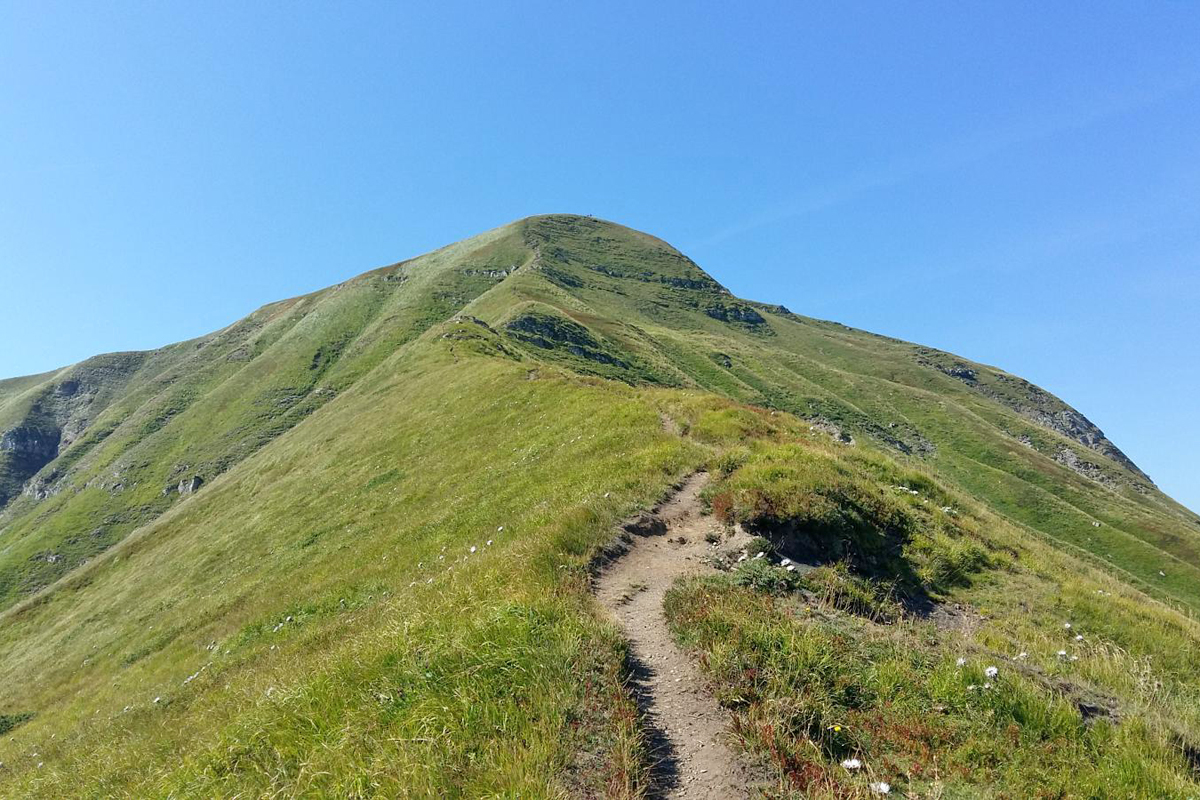
Let yourself be carried away by the wind, up to the pass of Croce Arcana, where the crest of the Northern Apennines divides Tuscany and Emilia Romagna.
1669 m. above sea level, it is easy to reach in several ways, even simply by car.
With high-altitude moorlands, conifers and rocks, the landscape will leave you breathless: pure nature all around that from the Valley Della Lima reaches the highest peaks of the Tuscan-Emilian Apennines and, during the beautiful sunny days, even farther, up to the Apuan Alps.
The area is famous for its strong winds, but during summer, this place is the perfect spot at night to observe the dark sky and look for some lucky falling stars.
NOTE: It is just a small and brief guide, you should handle with discretion and respect, most of all for the environment and its inhabitants.
Author

Davide Marino
Davide Marino was born archaeologist but ended up doing other things. Rational – but not methodic, slow – but passionate. A young enthusiast with grey hair
You may also like
Breathtaking landscapes in Romagna… and where to find them
by Davide Marino /// August 6, 2018
Hidden paradises of Emilia Romagna 20 minutes away from Via Emilia Route
by Walter Manni /// November 13, 2024
10 good reasons to come in Emilia Romagna
by Davide Marino /// February 22, 2018

Interested in our newsletter?
Every first of the month, an email (in Italian) with selected contents and upcoming events.
